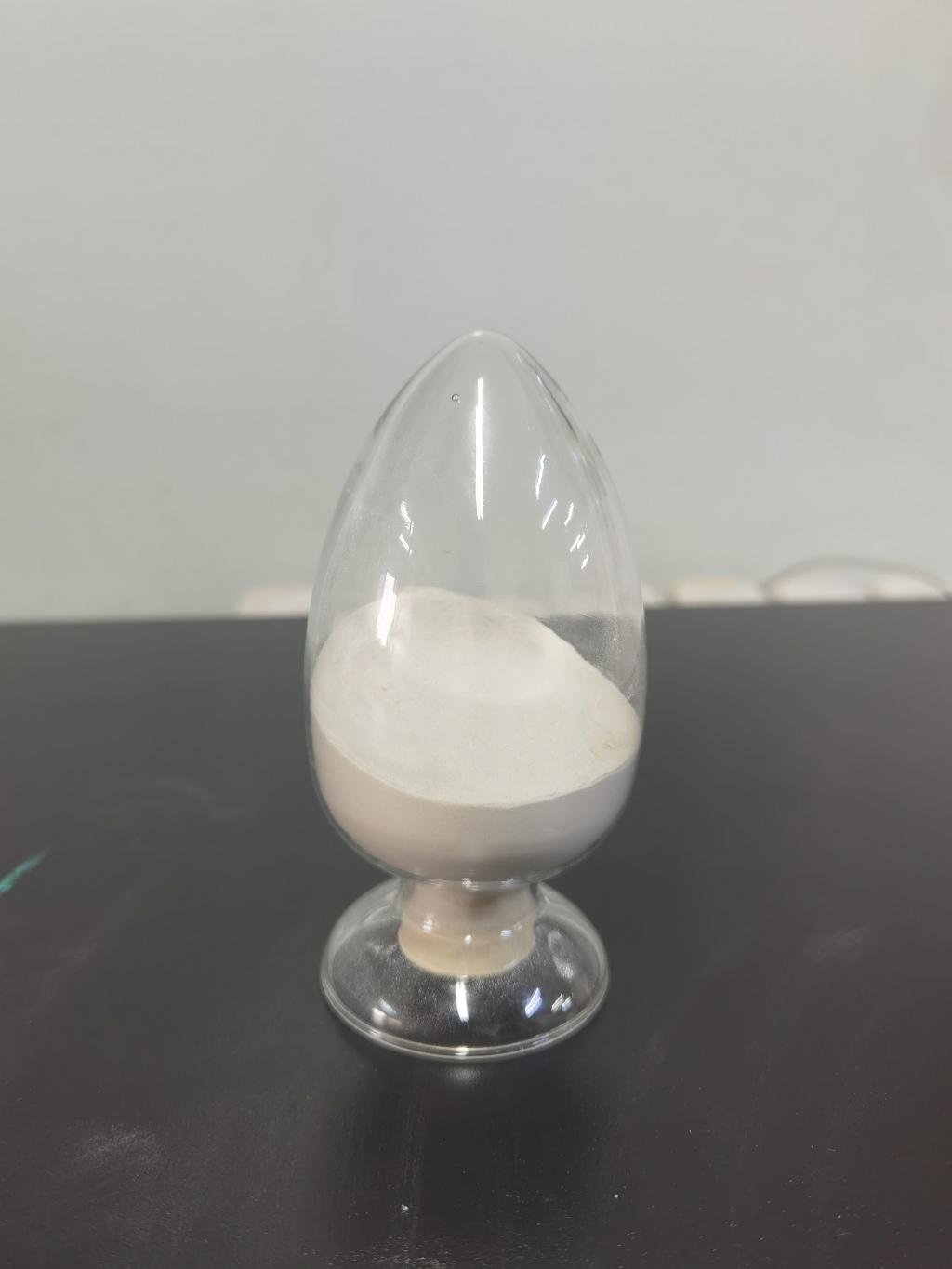Tel:+8618231198596

News
 CONTACT
CONTACT
 CONTACT
CONTACT
- Linkman:Linda Yao
- Tel: +8618231198596
- Email:linda.yao@dcpharma.cn
- Linkman:CHARLES.WANG
- Department:Overseas
- Tel: 0086 0311-85537378 0086 0311-85539701
News
Current Position:
Home >
News
>Addressing consumer perceptions and acceptance of Nisin-preserved foods.
Addressing consumer perceptions and acceptance of Nisin-preserved foods.
TIME:2024-04-29
Consumer Perceptions of Food Preservatives
Consumer perceptions of food preservatives are shaped by various factors, including health concerns, sensory attributes, and labeling practices. While preservatives are essential for preventing microbial spoilage and ensuring food safety, some consumers may have reservations about their use due to perceived health risks or associations with processed foods. Additionally, concerns about additives and preservatives have fueled demand for clean-label products with minimal artificial ingredients.
Nisin: A Natural Preservative
Nisin is a natural antimicrobial peptide produced by certain strains of lactic acid bacteria. It is approved for use as a food preservative in many countries and is known for its safety and efficacy in inhibiting the growth of Gram-positive bacteria, including foodborne pathogens. Unlike synthetic preservatives, nisin is derived from fermentation processes and is considered a clean-label ingredient, aligning with consumer preferences for natural and minimally processed foods.
Factors Influencing Consumer Acceptance
Consumer acceptance of nisin-preserved foods is influenced by several factors, including:
Safety and Health Concerns: Consumers prioritize food safety and may perceive nisin-preserved foods as safer and more wholesome compared to products treated with synthetic preservatives. However, concerns about potential adverse effects or allergic reactions to nisin may influence acceptance, highlighting the importance of transparent labeling and regulatory compliance.
Taste and Sensory Attributes: The sensory characteristics of nisin-preserved foods, including flavor, texture, and appearance, can significantly impact consumer acceptance. While nisin itself is tasteless and odorless, its interactions with food components may affect sensory attributes and overall palatability. Consumer taste preferences and cultural influences also play a role in determining acceptance.
Labeling and Communication: Clear and informative labeling practices are essential for communicating the presence of nisin in food products and addressing consumer concerns. Product labels should accurately reflect the use of nisin as a preservative and provide reassurance regarding its safety and regulatory approval. Transparent communication about the benefits of nisin in extending shelf life and reducing food waste can also enhance consumer trust.
Market Trends and Preferences: Consumer preferences for natural and clean-label ingredients, as well as trends towards healthier and more sustainable food choices, can influence acceptance of nisin-preserved foods. Manufacturers can capitalize on these trends by highlighting the natural origin of nisin and its role in reducing the need for synthetic preservatives.
Strategies to Enhance Acceptance
To enhance consumer acceptance of nisin-preserved foods, food manufacturers can employ the following strategies:
Product Innovation: Develop innovative food products that leverage the benefits of nisin as a natural preservative while meeting consumer preferences for taste, texture, and nutritional quality. Experiment with different formulations and processing techniques to optimize sensory attributes and enhance consumer appeal.
Education and Outreach: Educate consumers about the safety and efficacy of nisin as a preservative through marketing campaigns, product labeling, and online resources. Provide clear information about the regulatory approval of nisin and its natural origin to build trust and confidence among consumers.
Sensory Testing and Consumer Feedback: Conduct sensory testing and consumer research to evaluate the acceptability of nisin-preserved foods and gather feedback on taste preferences, texture, and overall satisfaction. Use consumer insights to refine product formulations and address any concerns or misconceptions.
Collaboration and Partnerships: Collaborate with regulatory agencies, industry associations, and research institutions to address consumer perceptions of nisin and promote its acceptance in the market. Engage in transparent dialogue with stakeholders to address concerns and ensure compliance with food safety regulations.
Conclusion
Consumer perceptions and acceptance are crucial factors influencing the success of nisin-preserved foods in the market. By addressing safety concerns, optimizing sensory attributes, and transparently communicating the benefits of nisin as a natural preservative, food manufacturers can enhance consumer trust and confidence in these products. With continued innovation and collaboration, nisin has the potential to play a key role in meeting consumer demand for safe, nutritious, and sustainable food options.
- Tel:+8618231198596
- Whatsapp:18231198596
- Chat With Skype







